Modern (1800 CE - 1950 CE)

Commission Hearing Excerpt
This is an excerpt from a commission hearing conducted in southeastern Nigeria in 1930 by British colonial officials. The hearing investigated a series of disturbances by local women following a rumor that the British were going to tax women. This excerpt is a statement by one of these woman.
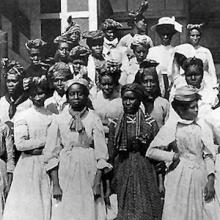
Analyzing Manifest Records
The modules in Methods present case studies that demonstrate how scholars interpret different kinds of historical evidence in world history. In the video below, Wendi Manuel-Scott analyzes manifest records from the SS Atenas. This ship sailed from Kingston, Jamaica, to New York City in 1920.

Manifest Record from the S.S. Atenas
This document is part of a manifest record from the SS Atenas. This ship sailed from Kingston, Jamaica, to New York City in 1920.
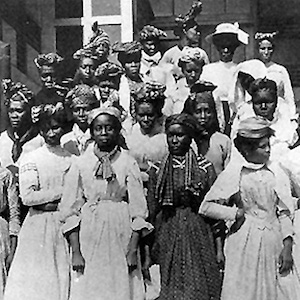
Guadeloupean Household Workers at Ellis Island
This is a photograph of household workers from the Caribbean island of Guadeloupe just after their arrival in New York in 1911.
This source is a part of the Analyzing Manifest Records methods module.

Colonial Childhoods Oral History Project
The Colonial Childhoods Oral History Project (CCOHP) comprises recorded interviews with 165 New Zealanders, male and female, Maori and Pakeha, the majority of whom were born before 1903. Interviews focus on the period before an individual’s 15th birthday.
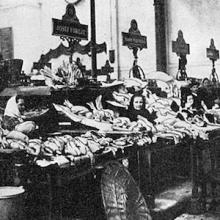
Analyzing Census Data
The modules in Methods present case studies that demonstrate how scholars interpret different kinds of historical evidence in world history. In the video below, historian Mills Kelly discusses the data from the 1910 census of the Hapsburg Monarchy.

Women from Bohemia
This is a rare photograph of women from Bohemia. Information about women during this period is especially difficult for historians to uncover, and these sources can provide valuable insights into women’s daily lives.
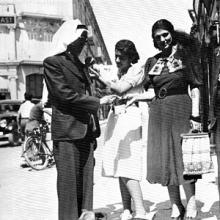
Analyzing Oral Histories
The modules in Methods present case studies that demonstrate how scholars interpret different kinds of historical evidence in world history. This module is based on a series of oral history interviews conducted in the mid-1990s.
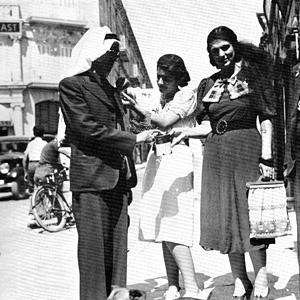
Fundraising for Palestinian Families in Jerusalem
This is a photograph of Palestinian women activists, shedding light on the political experience of women in Palestine. The leadership of the movement ended up mostly being single women because most of the women involved in the movement were married, had family responsibilities.
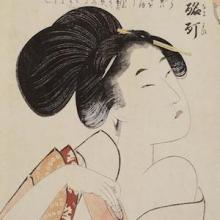
Analyzing Paintings and Prints
The modules in Methods present case studies that demonstrate how scholars interpret different kinds of historical evidence in world history.